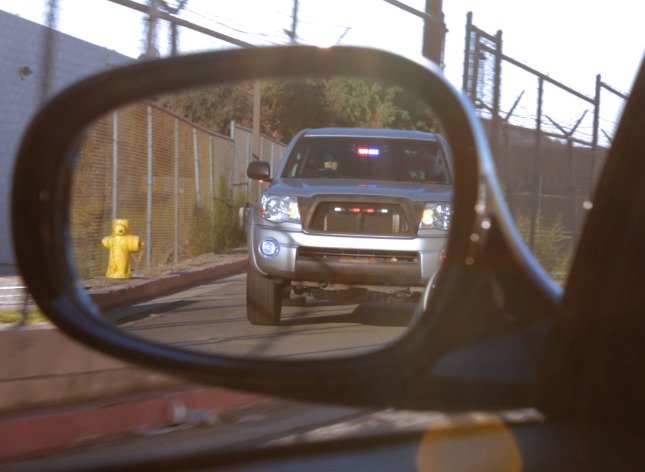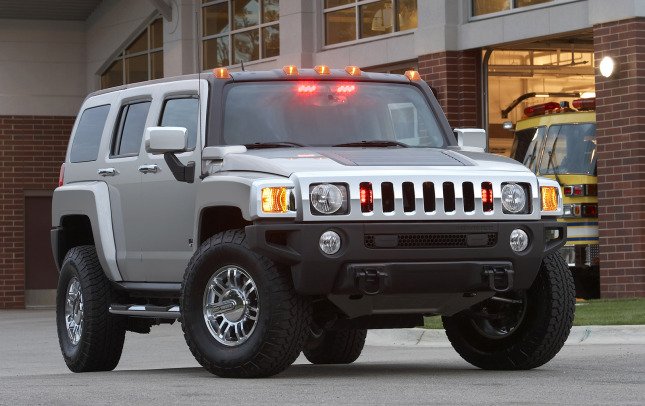According to the National Foundation for First Responders, several hundred first responders and EMS/Fire professionals are killed each year in the line of duty. Hundreds more are injured. While there are numerous causes, these fatalities can often be linked to inadequate training and equipment issues - from vehicle failures to lack of use of emergency dash lights and side-panel flashers on scene.
To reduce the risk of injury, it is critical that first responders utilizing a personally owned vehicle (POV) follow MDOT emergency response guidelines as well as municipal and departmental policies. Here are some additional tips to keep you safe when responding in your POV when those tones drop.
Tip 1 - Equipping a personal vehicle with sirens
Siren systems work with overheads and dash lights for maximum visibility, but they don't guarantee visibility. Too many new responders assume that because they can hear it, that other people can hear the sirens as well.
Unfortunately, there are a number of modern factors that make it impossible for some drivers to hear your siren:
- Soundproofing to reduce road noise when windows are up
- Cell phone use while driving
- Radio volume too high
- Radio combined with road noise and engaged in conversation
And of course the anxious first responder with a lead foot; going too fast means you can actually over-drive your siren. You're traveling at such a high speed that before civilians realize you're there, you are right on top of them.
Tip 2 - Not everyone understands traffic laws
While you might know the laws, civilians aren't always aware. For example the law states any driver approaching a stopped police vehicle, ambulance, or tow truck with flashing lights needs to move at least one lane away, if possible. If not, drivers must slow to 20 mph under the posted speed limit.
Still, even with dash lights, rear flashers and overheads on, our responders continue to suffer injuries along roadways. That's why it's important to move vehicle away.
Likewise, the law requires that civilians must yield to emergency responders that approach from behind and move to open the lane. Your lights and sirens are your signals to let civilians know you're requesting right of way due to an emergency response. First responders utilizing a personal vehicle need to make sure their emergency lights are clearly visible and working in order to help civilians recognize their need to provide right of way passage.

Tip 3 – Stock lights are not sufficient for emergency response
First responders running on a priority 1 call with no lights or sirens put themselves (and others) at extreme risk; especially when they’re responding as if they were driving a licensed ambulance. Speeding and moving between vehicles with only four-way flashing ambers (hazard lights) is not sufficient emergency lighting.
First responders should equip their vehicle with dash lights or overhead lights at a minimum. For the safest response, 360 degree visibility is critical.
Tip 4 - Provide visibility for other responders (At least a suction cup dash light)
Overhead lights, rear lights, dash lights and other emergency lighting in a POV perform a larger function than during the response. In rural areas where professionals respond using a POV, and are first on scene, these emergency lights help clearly mark the scene for other responding personnel.
They also make it easy for professionals on scene later - including police - to realize that your personal vehicle is not a civilian vehicle obstructing the scene.
Imagine finishing with a patient in the back of an ambulance to discover that the engine crew broke your windows and ran a fire hose through your car; or PD had it quickly towed off scene.
While many departments and municipalities try to adhere to certain standards when it comes to emergency lighting, some do have their own policies and even limitations on the types of lighting that can be used. Always follow your department's policies on the installation and use of red emergency lights, dash lights and sirens on a personal vehicle.



Post Comments
You must be logged in to post a comment.
click here to login